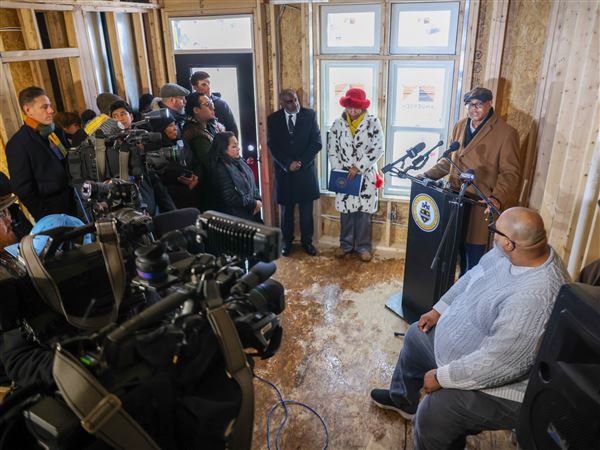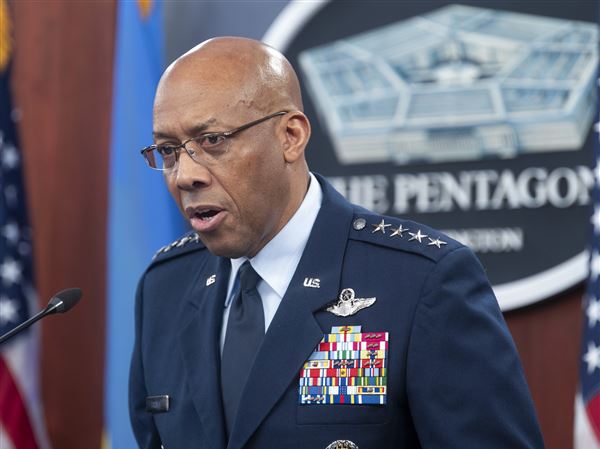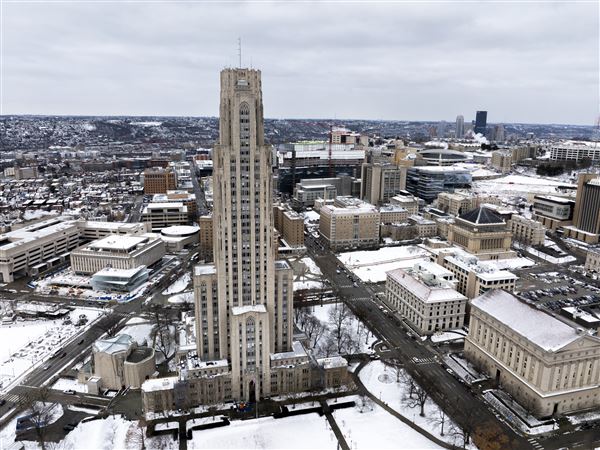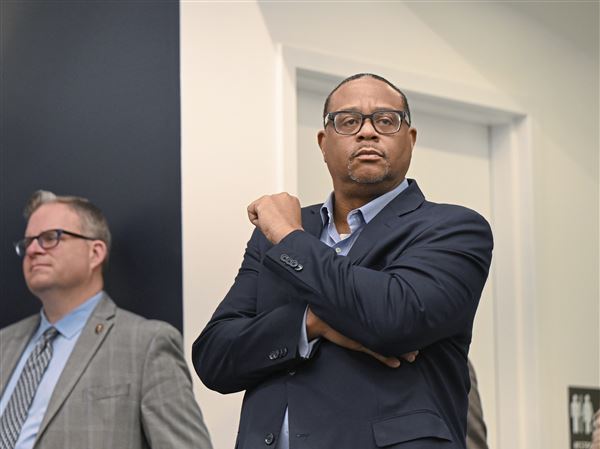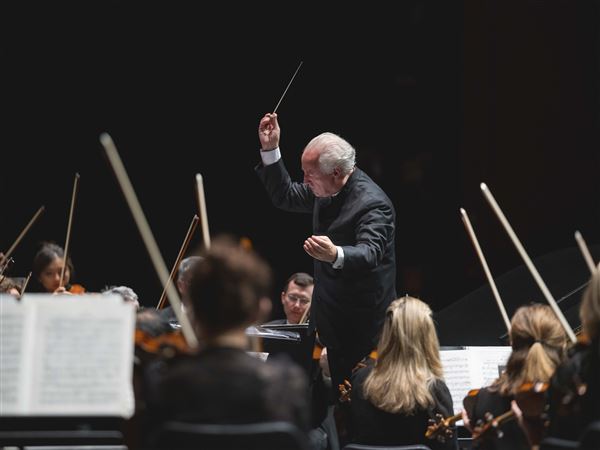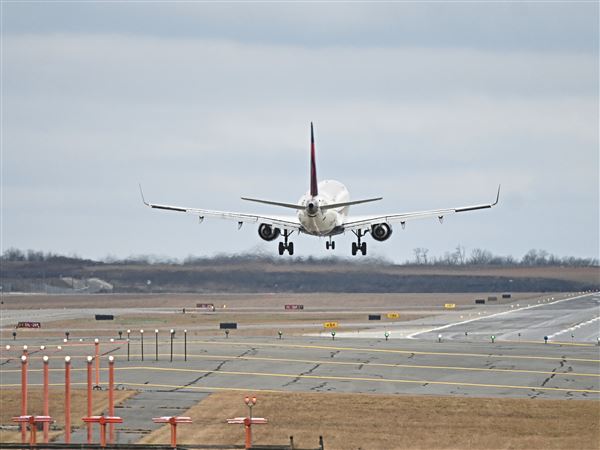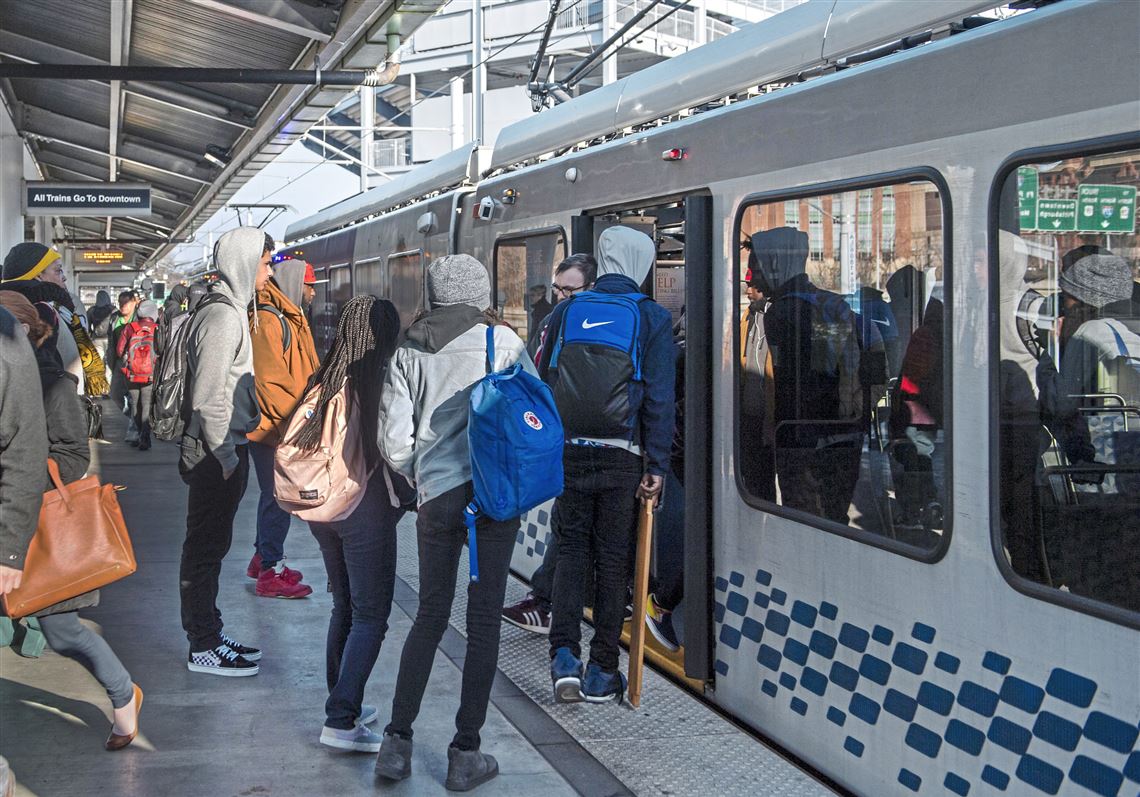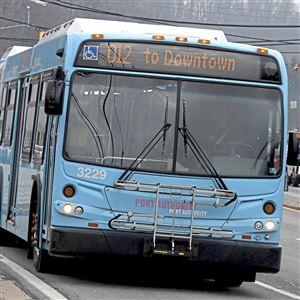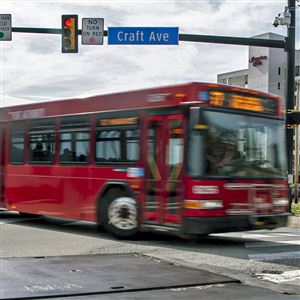WASHINGTON — In January 2020, presidential candidate Pete Buttigieg stood before an audience of U.S. mayors and repeated his call for a “Pittsburgh summit” on climate to find solutions to the most pressing challenges in infrastructure, climate change, housing and education.
“It’s time to convene a Pittsburgh summit to convene the communities that have already been finding local solutions, not waiting for Washington to catch up,” Mr. Buttigieg said, rattling off ways he would redirect or dramatically expand federal spending. “The answers don’t all have to come from Washington, but more of the resources should and — under my watch — will.”
Mr. Buttigieg, the 39-year-old former mayor of South Bend, Ind., fell short of his ambitions for the White House. But, as he takes the reins of the U.S. Department of Transportation, he has an opportunity to deliver a transformative amount of federal money to local communities for sorely needed upgrades.
Transportation experts said in interviews that they believe Mr. Buttigieg’s experience as a small-city Midwestern mayor brings fresh insight atop a rigid department that has been slow to support the most efficient, sustainable and inclusive ways of moving people and goods.
Mr. Buttigieg is expected to broaden the definition of transportation, boost support of public transit and electric vehicles, and work with other Cabinet secretaries — like Rep. Marcia Fudge, D-Ohio, nominated to be secretary of housing and urban development — to leverage vast federal resources in slow-growing regions searching for the next generation of infrastructure.
Mr. Buttigieg, they said, will likely keep his eye on the Pittsburgh region, where semiautomated vehicles, bicycles, buses, pedestrians, barges, trains and, yes, lots and lots of cars, roam over hilly terrain on aging roads, rails, bridges, tunnels and sidewalks.
“‘Will it work in Pittsburgh?’ That’s a pretty good rule to have for a design of an infrastructure program,” said Bruce Katz, an urban development expert who co-authored a 2017 Brookings Institution study on Pittsburgh’s innovation economy.
Understanding local needs
Transportation needs require massive federal investment that aligns with hyperlocal design and planning to address needs that can vary depending on the street, Mr. Katz said.
The Transportation Department should allow “for enormous flexibility and literally let places like Pittsburgh reverse-engineer your policy,” Mr. Katz said. “What Mayor Pete understands is really how to connect the dots.”
The department did not respond last week to a request for an interview with Mr. Buttigieg, who is expected to roll out a detailed agenda in the coming weeks. But the secretary has made it clear, during his campaign and in public statements, that he will carry out President Joe Biden’s “build back better” initiatives with the next century in mind.
Mr. Buttigieg will confront the wide array of issues on a newfound scale: As mayor, he oversaw a budget of about $358 million in a city of about 102,000; he now controls an agency with a $90 billion budget and a staff of 55,000.
He has pledged new federal automotive fuel economy standards to reduce greenhouse gas emissions and install 500,000 electric vehicle charging stations nationwide by 2030. He wants to move forward on long-awaited federal rules governing autonomous vehicles.
Touting his expansion of bike lanes in South Bend, he will seek to double the funding for the Transportation Alternatives Program, which funds biking and walking mobility. And he has floated funding the Federal Transit Administration at $150 billion, an almost 13-fold increase from its current budget of $12 billion.
“He’s going in the same direction as we are,” said Stan Caldwell, adjunct associate professor of transportation and public policy at Carnegie Mellon University.
“He understands the impact of transportation not just as the movement of people and goods but as community and economic development for a city, and how important it is to a city and a region,” Mr. Caldwell said.
A 3-D chess game
Pittsburgh Mayor Bill Peduto, in an interview, praised Mr. Buttigieg’s focus on scaling up technology to help solve local problems, pointing to the sensors Mr. Buttigieg rolled out in South Bend that prevented sewer overflows in real time as rainstorms moved through the area.
The two men have met at U.S. Conference of Mayors events and as part of a national smart cities initiative spun out of CMU. They also shared a staffer in Santiago Garces, who worked for Mr. Buttigieg in South Bend and served as Pittsburgh’s director of innovation and performance for two years. Mr. Garces rewired the City-County Building as part of a citywide hardware, software and cybersecurity upgrade, before returning to South Bend last fall to head community investment efforts.
When it comes to applying for federal funding for transportation projects, Mr. Peduto said, “it can’t just be a question of what is the cost and how many jobs will be created.”
“You have to take into consideration what the environmental impact will be, how it will be provided in an equitable way so that all will have an opportunity, not just those who own a car,” he said.
Mr. Peduto said 20th-century federal transportation funding was allotted in binary terms: “how much money was going to go to the public transportation systems of cities versus how much was going to go to building new highways,” he said.
“It has become a three-dimensional chess game,” he said.
Breaking down the silos
Strategic moves can be as small as electric scooters to handle the last-mile leg of a journey or as big as an automated bus rapid transit line stretching down to the Monongahela Valley, said Vincent Valdes, executive director of the Southwest Pennsylvania Commission, which oversees transportation planning across the city and 10 surrounding counties.
Mr. Valdes, who arrived at the commission last year after 20 years at the Federal Transit Administration, said “guardrails” on federal funding can constrain the ability to tackle such projects.
He said Mr. Buttigieg — who sets criteria for Better Utilizing Investments to Leverage Development grants, a stream of competitive funding awarded to state and local agencies — should create a “mobility czar” to coordinate a unified policy among all the department’s agencies. Too often, department officials are “working in their silos” on one mode of transportation: aviation, transit, highways, railroads, maritime.
More collaboration and relaxed funding rules would please public transit advocates, who want to see more money for service expansion and operations to boost ridership, said Laura Wiens, executive director for Pittsburghers for Public Transit.
Ms. Wiens has already run into debates over federal funding guardrails. Her group has pressed the Port Authority of Allegheny County to use pandemic relief funds to reduce or eliminate fares for riders. The authority insists that guidance from Washington prevents them from creating such a program; Ms. Wiens has disagreed.
Disagreements over dollars
Mr. Buttigieg’s biggest goals could hinge on the Washington politics he slammed on the campaign trail.
This year, Congress will take up a five-year reauthorization of the surface transportation program that includes the Highway Trust Fund. The pot of money — funded by the 18.4-cents-a-gallon federal gasoline tax that was last raised in 1993 — has long been shrinking as people fill up less frequently.
During his campaign, Mr. Buttigieg called for a “vehicle miles traveled” alternative that would tax drivers based on their road mileage. But lawmakers have long disagreed on how to fund infrastructure and even what projects should be considered.
The immediate strain of the COVID-19 pandemic on public transit ridership will also consume much of his attention. Congressional Democrats have included another $30 billion for transit agencies in the $1.9 trillion relief bill working through the House this month. Republicans, including Sen. Pat Toomey, R-Pa., have dismissed the need for any more funding for agencies.
Still, Mr. Buttigieg, as one of the first Cabinet officials to report for work, appears to have some early goodwill from both parties. He sailed through a largely friendly hearing before the Senate Commerce Committee, which advanced him by a 21-3 vote, and the full Senate confirmed him on Feb. 2 by an 86-13 vote.
Daniel Moore: dmoore@post-gazette.com, Twitter @PGdanielmoore
First Published: February 22, 2021, 10:14 a.m.
Updated: February 22, 2021, 10:18 a.m.
